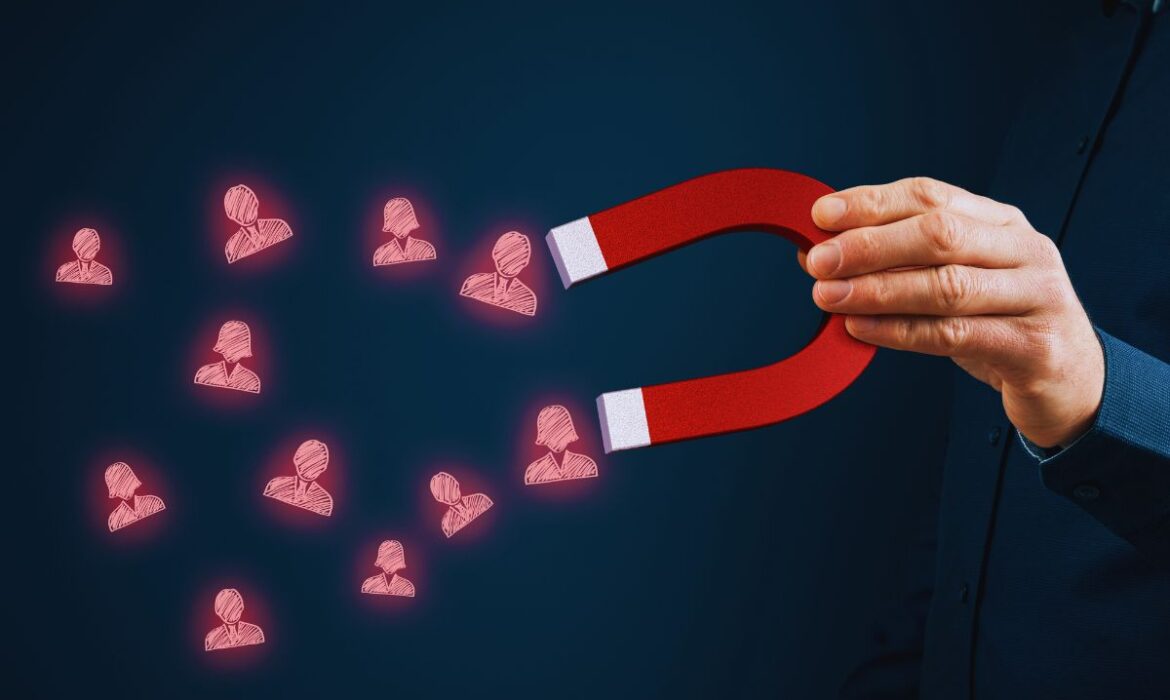
How to Create a Loyalty Program for Your Customers
Creating a loyalty program for your customers can be a powerful strategy to strengthen your relationship with your audience and increase long-term retention. A well-designed loyalty program not only motivates customers to return, but it also encourages positive word of mouth and can turn your customers into ambassadors for your brand. To achieve this, it’s critical to understand what your customers value and how you can reward them effectively.
The first step in designing a loyalty program for your customers is to clearly define the goals you want to achieve. This can include increasing purchase frequency, raising the average ticket, or simply reinforcing customer engagement with your brand. By setting specific goals, you’ll have a clear guide on what type of rewards to offer and how to structure the program. For example, if your goal is to encourage repeat purchases, you could offer points that accumulate with each transaction, redeemable on future purchases.
With a clear focus, the next step is to decide the type of reward that will resonate most with your audience. Options range from exclusive discounts, personalized gifts, early access to new products or services, to special experiences not available to the general public. It is critical that your customer loyalty program offers genuine and appealing value, avoiding generic rewards that may not have the desired impact. Offering something that is aligned with your customer’s interests will strengthen the bond and make the program effective.
Simplicity is key to the success of any loyalty program for your customers. Customers should be able to easily understand how to earn rewards and how to redeem them. A complicated program can discourage users from actively participating, while a clear and direct one increases the likelihood that they will engage. You can opt for a points system, where each spend represents a specific number of points, or a simpler structure, such as automatic rewards after a certain number of purchases.
Plus, personalization is a powerful tool that can increase the effectiveness of your program. By offering personalized rewards or exclusive messages, customers feel valued and recognized, which reinforces their loyalty. Digital tools like apps or online platforms can help you personalize each customer’s loyalty program experience for your customers. For example, by sending a personalized reward on the anniversary of their first purchase or on their birthday, you can strengthen their bond with the brand.
To maximize the benefits of your loyalty program for your customers, make sure you actively promote it through your communication channels, such as emails, social media, and physical retail outlets. Constant communication not only keeps customers informed of benefits and updates, but also reminds them of opportunities they have to take advantage of the program.
Measuring and adjusting your program is essential to its long-term success. Regularly analyze customer engagement, reward redemption frequency, and impact on sales to ensure your customer loyalty program is meeting its goals. Feedback from your customers is also valuable in identifying areas for improvement and adapting the program to their changing needs.
Creating an effective loyalty program for your customers requires planning, understanding your audience, and the flexibility to adjust over time. With a focus on value, personalization, and simplicity, you can develop a program that not only attracts new customers, but also keeps current ones engaged and loyal to your brand.





